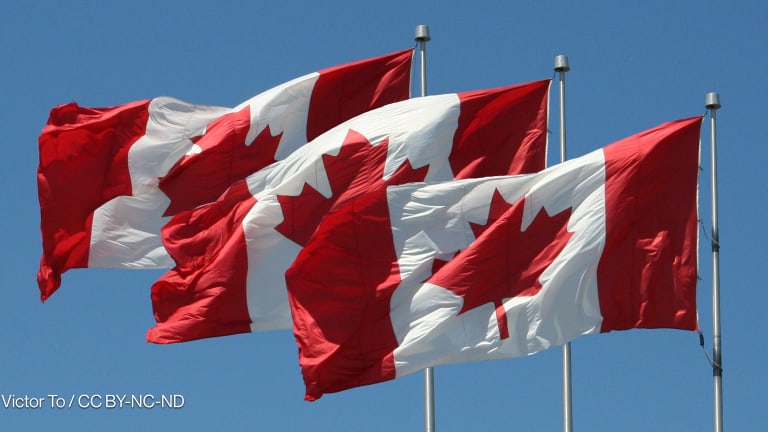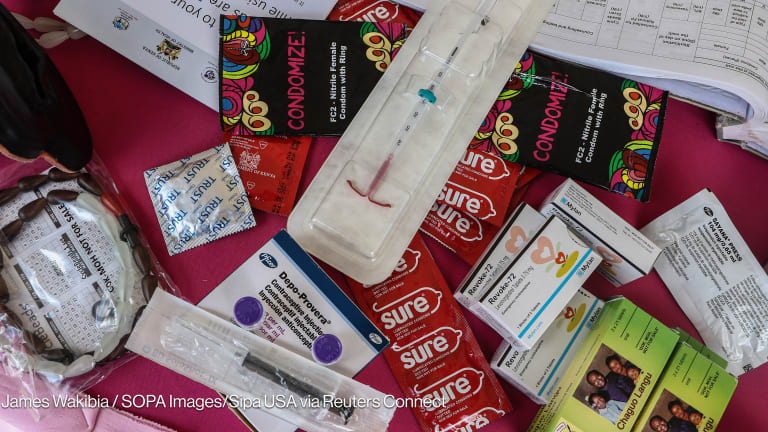Bilateral donor spending on family planning programs reached $1.3 billion in 2013, nearly half of which came from the United States.
The world’s largest bilateral donor, the United States spent $585 million on family planning and reproductive health programs in fiscal year 2013. While significantly smaller compared with U.S. aid to HIV and AIDS, which accounted for more than 60 percent of the country’s health assistance disbursements during the period, spending on family planning programs increased 20.6 percent year-on-year.
That’s according to data published this week by the Kaiser Family Foundation, which also noted increases in foreign assistance to family planning programs from nearly all of the top donors to the health subsector.
Printing articles to share with others is a breach of our terms and conditions and copyright policy. Please use the sharing options on the left side of the article. Devex Pro members may share up to 10 articles per month using the Pro share tool ( ).








